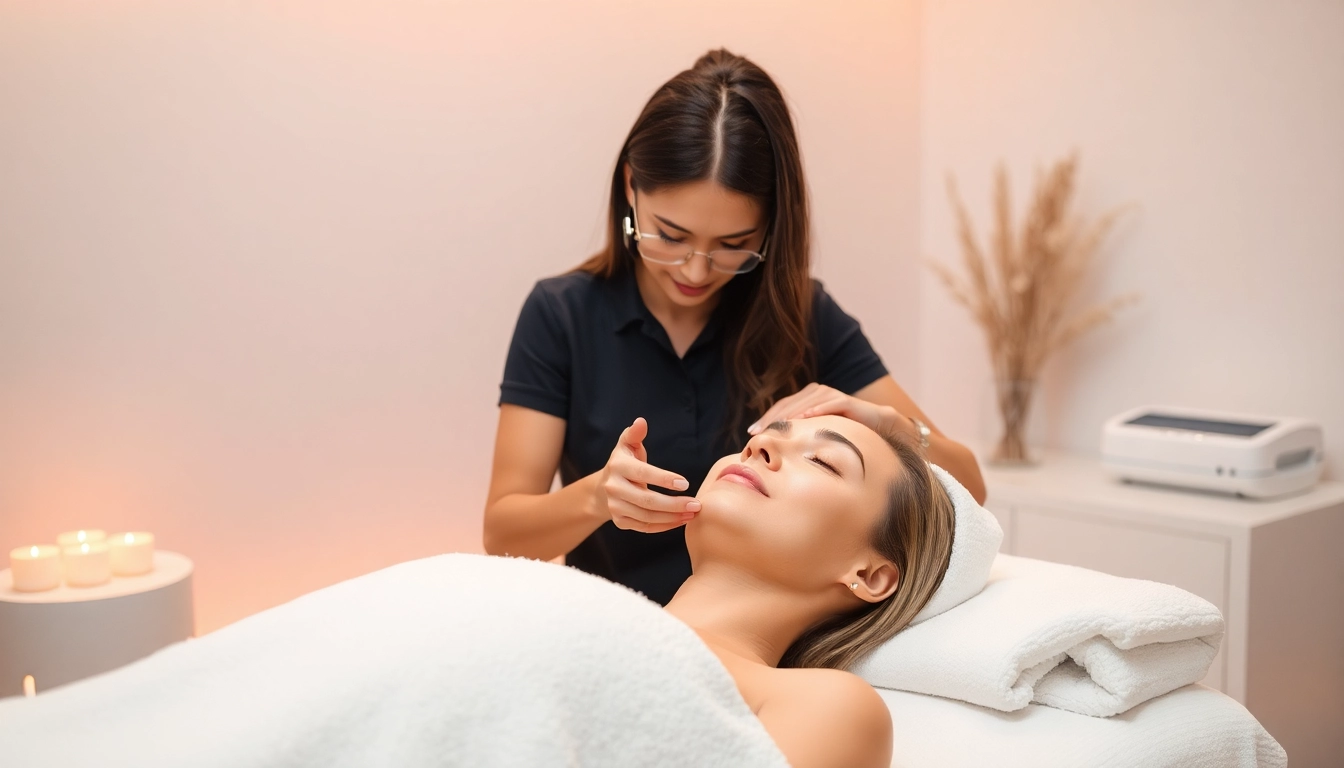Understanding Skin Tightening
As we age, our skin inevitably undergoes changes that can leave it looking less firm and more saggy than in our youth. The quest for youthful skin has spurred a multitude of skin tightening treatments, catering to a range of preferences and needs. Let’s dive deeper into the concept of skin tightening, unraveling the science behind it and exploring its myriad benefits.
What is Skin Tightening?
Skin tightening refers to various aesthetic treatments designed to reduce the loose or sagging appearance of the skin. These treatments work by stimulating the production of collagen and elastin—two critical proteins that maintain skin elasticity and firmness. As collagen levels diminish with age or due to environmental factors, the skin can lose its tightness, leading to wrinkles and sagging. Skin tightening treatments can be surgical or non-surgical, with options suiting different needs, budgets, and recovery preferences.
The Science Behind Skin Elasticity
Skin elasticity is primarily governed by collagen and elastin fibers. Collagen provides structural support, while elastin enables skin to retain its shape and bounce back after stretching. Various factors, including aging, UV exposure, smoking, and poor nutrition, can lead to a decline in both collagen and elastin levels, resulting in sagging skin. Understanding this cycle is essential for grasping how skin tightening techniques can effectively restore youthful appearance.
Benefits of Skin Tightening Treatments
The benefits of skin tightening are substantial:
- Improved Elasticity: Treatments enhance the skin’s elasticity, making it look firmer and smoother.
- Minimized Wrinkles: Many procedures reduce the appearance of fine lines and deeper wrinkles.
- Non-Invasive Options: Many treatments are non-surgical, allowing for quicker recovery and minimal downtime.
- Boosted Confidence: Improved skin appearance can significantly enhance self-esteem and confidence.
- Customizable Treatments: Procedures can be tailored to individual concerns, skin types, and desired outcomes.
Popular Non-Surgical Skin Tightening Options
Among the options for skin tightening, non-surgical methods have garnered popularity due to their effectiveness and minimal invasiveness. Here are some of the most common techniques:
Radiofrequency Treatments Explained
Radiofrequency (RF) skin tightening is a highly regarded non-invasive procedure. RF skin tightening utilizes energy to heat the skin’s deeper layers, stimulating collagen production. The procedure typically targets specific areas like the face, neck, and body, helping to tighten loose skin effectively. The sensation during treatment can vary, with some patients reporting a warming or tingling feeling. Most individuals require multiple sessions for optimal results, making it a long-term investment in skin health.
Ultrasound Therapy for Skin Firming
Ultrasound skin tightening utilizes sound waves to penetrate deep into the skin, encouraging collagen development. It is particularly effective for lifting the brow, neck, and under the chin. Patients appreciate this method for its natural-sounding results and significant reduction in wrinkles—often noticeable after just one treatment. However, results can improve with subsequent sessions, making continued treatments beneficial.
Laser Treatments and Their Effectiveness
Laser treatments, such as fractional laser resurfacing, have emerged as one of the most effective options for skin tightening. These treatments work by sending micro-beams of light into the skin, stimulating collagen and elastin production. Results often include tighter skin and a reduction in fine lines and uneven texture. Although more invasive than RF or ultrasound methods, many individuals experience only minor discomfort, and the downtime is usually brief.
At-Home Skin Tightening Solutions
For individuals looking to improve skin elasticity outside of clinical settings, various at-home remedies and products can assist. These options may not offer the same dramatic results as professional treatments, but they can help maintain skin health and appearance.
Top Skin Tightening Creams
Countless creams in the market claim to tighten the skin. Many of these products feature ingredients like retinoids, hyaluronic acid, and peptides, which can contribute to improved skin texture and firmness. When selecting a skin-tightening cream, look for clinically-tested options with proven results. Incorporating these creams into a daily skincare routine can complement professional treatments.
Natural Remedies for Tighter Skin
Several natural ingredients can help enhance skin’s firmness effectively. For example:
- Aloe Vera: Known for its soothing properties, aloe vera can also enhance skin elasticity.
- Egg White: A popular home remedy, egg white masks may temporarily tighten skin.
- Essential Oils: Oils like frankincense and rose can nourish the skin and improve its appearance.
Diet and Hydration Tips for Skin Health
A balanced diet and proper hydration can significantly affect skin health. Foods rich in antioxidants, such as fruits and vegetables, can help combat skin aging. Staying hydrated is crucial as well, as it supports skin elasticity and vitality. Additionally, incorporating healthy fats, such as omega-3s from fish and nuts, may also promote collagen production.
Common Myths about Skin Tightening
As with any beauty treatment, numerous myths surround skin tightening. It is essential to separate fact from fiction to make informed decisions.
Debunking Skin Tightening Misconceptions
One common misconception is that all skin tightening procedures yield immediate results. While some treatments offer rapid improvements, significant results from many options develop over time as collagen builds. Additionally, many believe natural methods are completely useless, yet the right ingredients can still offer supplementary benefits.
Understanding the Limitations of Non-Surgical Options
Non-surgical methods are not a catch-all solution for skin sagging. While they can produce excellent results for mild to moderate sagging, more significant skin laxity may require surgical interventions for the most effectively restored appearance.
When to Consider Surgical Alternatives
In extreme cases, or when non-surgical options have not met expectations, surgical options may be warranted. Procedures like facelifts or tummy tucks can significantly lift and tighten skin in more substantial and lasting ways. Ultimately, individuals should evaluate their skin concerns and desired outcomes when considering their options.
Choosing the Right Skin Tightening Procedure
Selecting the appropriate skin tightening procedure involves assessing personal preferences and medical advice. Here’s a breakdown of key factors to consider.
Factors to Consider Before Treatment
Before pursuing any skin tightening treatment, consider the following:
- Skin Type: Different treatments work better with different skin types.
- Budget: Costs vary widely for both surgical and non-surgical options.
- Downtime: Some treatments require more recovery time than others.
- Results: Understand what to realistically expect from each treatment.
Consulting with a Qualified Professional
Discussion with a qualified dermatologist or cosmetic surgeon is critical prior to deciding on any procedure. An expert can help identify issues, recommend suitable treatments, and outline expectations based on individual skin conditions.
Post-Treatment Care for Optimal Results
After undergoing skin tightening treatments, proper aftercare is crucial for maximizing results. This may involve skin hydration, sun protection, and avoiding harsh products for a certain period. Following specific aftercare instructions provided by the practitioner can ensure both effective recovery and enhanced results.



